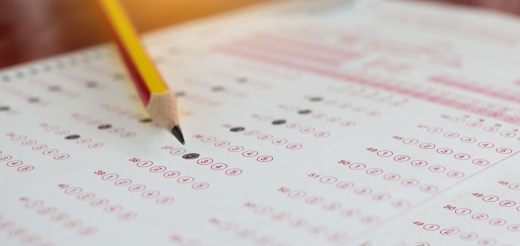During a June 28 Texas State Board of Education press conference, Texas Education Agency Commissioner Mike Morath said the state saw a 15% decline in the percentage of students performing at or above grade level in mathematics compared to 2019. The state also reported a 4% decline in the percentage of students reading at or above grade level. In New Braunfels and Comal ISDs, students’ scores did not decline as drastically.
According to TEA data, the percentage of students that approached grade-level expectations for math in fifth grade declined by 5% in NBISD and 4% in CISD compared to 2019 while state totals declined by 14%. The percentage of students that approached grade level in fifth-grade reading did not change from 2019 in NBISD and declined by 3% in CISD and 5% throughout the state.
Kara Bock, assistant superintendent of curriculum and instruction for NBISD, said she expected declines in science and math that were difficult to convert to a virtual format. “I think the science I was probably a little bit more surprised than I was with math,” Bock said. “But there were pockets where you would have thought we were still marching to a normal school year.”
Districts that offered more in-person instruction saw fewer declines in scores, Morath said. Both NBISD and CISD began the 2020-21 school year with the option for parents to send their children to in-person instruction.
Both districts saw the majority of students return to campus by the end of the year, which Kristen Lueck, CISD assistant superintendent of curriculum and instructional design, said contributed to students’ performance on the assessments. “We didn’t drop [in scores] as much as other districts may have,” Lueck said. “We also encouraged parents to bring students back into the buildings if they were able to, because we know that that was the best way to actually get the students back on track.”
In preparation for the 2021-22 school year, Bock and Lueck said that the districts use pre-assessments at the beginning of the year to determine each student’s learning level before developing a plan to teach skills a student may be missing. “It’s ‘just-in-time acceleration’ throughout the year, based on those skills that are necessary for that time of that unit of study,” Lueck said.
To assist teachers with addressing learning gaps in the classroom, NBISD has hired additional instructional interventionists and coaches. “It’s not about pulling every kid out into an intervention class; it’s really strengthening what they get [in the classroom],” Bock said.
NBISD has hired seven new instructional coaches to assist at the elementary level, four at the secondary level, two at the school of choice and one new teacher in each middle school to reduce class sizes.
Both districts plan to return to in-person instruction this fall, and teachers and staff will work with students to develop plans to incorporate missing skills throughout the new curriculum.
“It’s really looking at each individual student and what they are not performing well in,” Bock said. “How are we going to accelerate them?”





